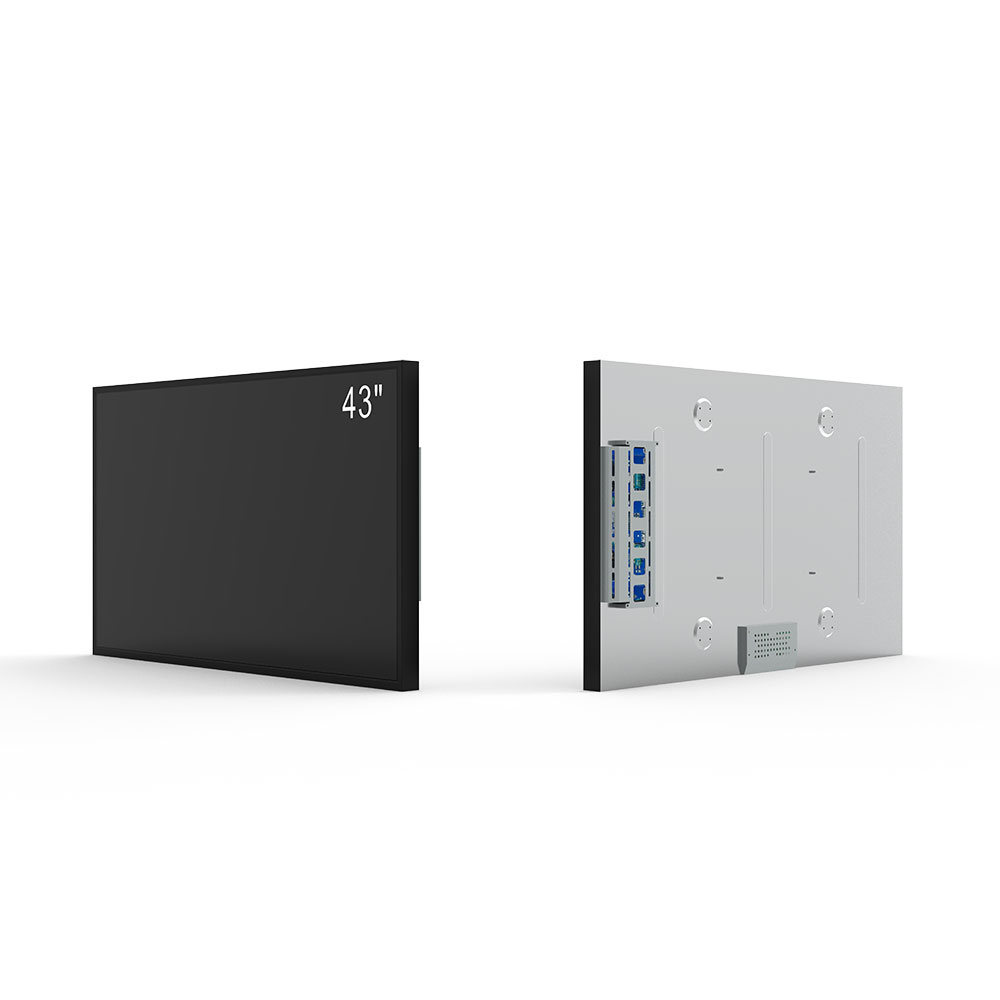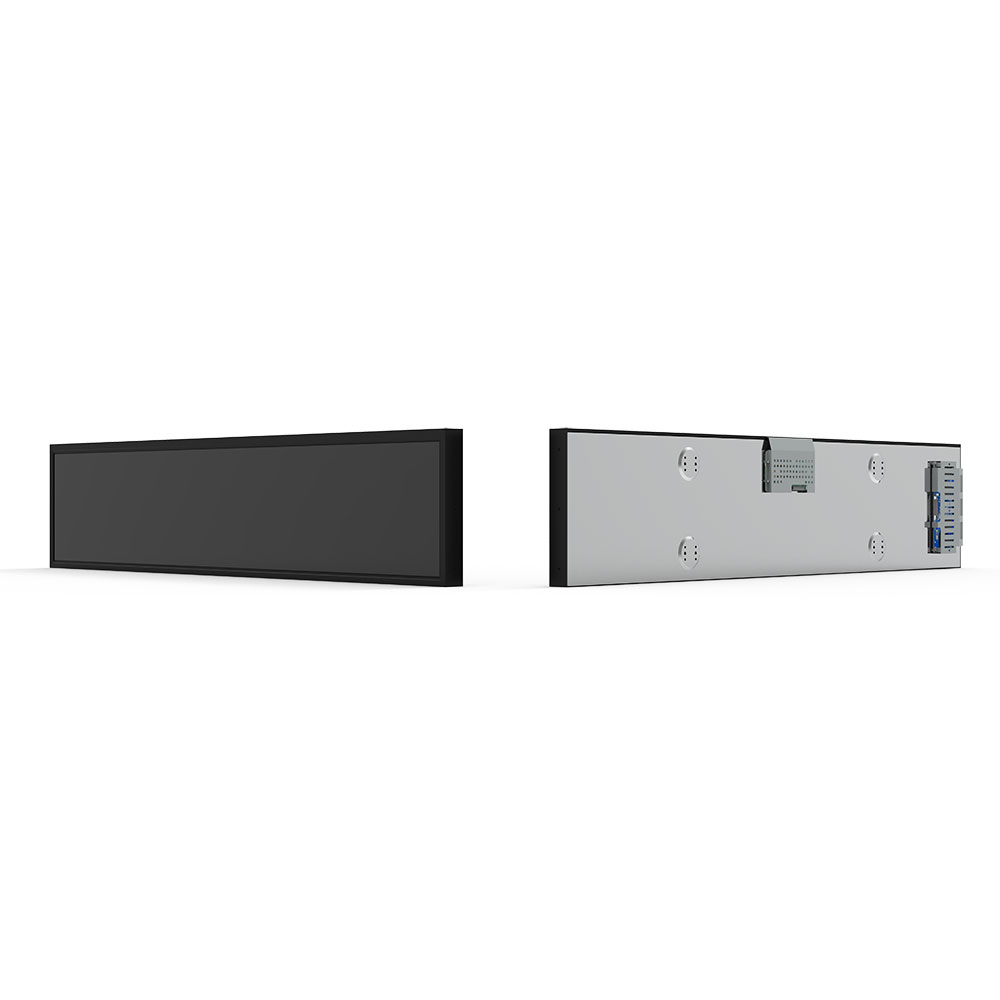- Home
- About Us
- Products
- News
- Video
- Contact
- Send Inquiry
Search
- Home
- About Us
- Products
- News
- Video
- Contact
- Send Inquiry

When selecting an outdoor LCD screen for industrial applications, especially for overseas equipment manufacturers and distributors, it's critical to prioritize performance, durability, and environmental resilience. Unlike indoor displays, outdoor LCDs must withstand extreme temperatures, humidity, UV exposure, and physical vibration—conditions common in manufacturing plants, construction sites, and logistics hubs.
First, evaluate the brightness level. For reliable visibility under direct sunlight, a minimum of 5,000 nits is recommended per ANSI/IES RP-43 standards. High-brightness panels (e.g., 7,000–10,000 nits) are ideal for environments with high ambient light, such as outdoor loading docks or solar farms. Brands like LG, Sharp, and BOE offer certified outdoor-grade panels that meet these benchmarks.
Second, assess the IP rating. An IP65 or higher rating ensures dust and water resistance, essential for dusty factory floors or coastal installations. For harsher conditions, such as chemical exposure or frequent washdowns, consider IP68-rated enclosures with stainless steel frames.
Third, confirm the operating temperature range. Industrial-grade screens should function reliably from -30°C to +70°C. This thermal tolerance aligns with IEC 60068-2-1 and IEC 60068-2-14 standards for cold and thermal shock resistance.

Fourth, examine the lifecycle and maintenance. Look for screens with LED backlight longevity exceeding 100,000 hours (at 50% brightness), low power consumption (under 100W for 42" models), and modular designs for easy component replacement.
Finally, ensure compatibility with your control system—whether via HDMI, RS-232, or Ethernet. Many global OEMs now integrate outdoor displays into IoT-enabled machinery, so robust connectivity protocols are vital.
In real-world deployments, companies like Siemens and ABB have adopted industrial-grade outdoor LCDs in their remote monitoring systems, reducing downtime by up to 40%. These case studies prove that investing in certified, well-engineered screens pays off in operational efficiency and ROI.

For overseas distributors, sourcing from ISO 9001-certified manufacturers ensures consistent quality and compliance with international regulations such as CE, RoHS, and FCC. Always request test reports for EMI/EMC, salt spray resistance, and mechanical shock tests before bulk procurement.
By focusing on brightness, environmental protection, thermal stability, long-term reliability, and integration capability, manufacturers and distributors can future-proof their outdoor display solutions across diverse global markets.